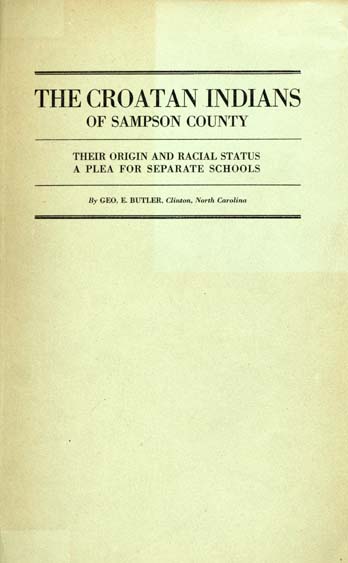Rocky Point’s African American Past: A Forgotten History Remembered through Historical Archaeology at the Betsey Prince Site
Long Island History Journal
Volume 22, Issue 1 (Winter 2011)
60 paragraphs
Allison Manfra McGovern
Department of Anthropology
The Graduate Center, City University of New York
North Country Road in the wilderness of Rocky Point, that was occupied during the eighteenth and nineteenth centuries. As many as eight free people of color lived in the house at one point, and other free black households were established nearby. In this article, multiple lines of evidence are used to reconstruct the history and composition of the African American settlement at Rocky Point and the lifeways expressed at the Betsey Prince site. This analysis, which depends on an understanding of the socio-historical context of the site, emphasizes social interactions, labor, domestic activities, identity construction, and the fate of the community.
Archaeologists from the New York State Museum uncovered the foundation remains of a small house along North Country Road in Rocky Point, New York, in 1991. The house was occupied during parts of the eighteenth and nineteenth centuries, then left abandoned in the wilderness for roughly 150 years. The site was rediscovered during a cultural resources survey, performed by archaeologists for the New York State Department of Transportation, in advance of proposed highway improvements to New York State Route 25A. The small archaeological site, which consisted of a house foundation measuring 11 x 13 feet and associated archaeological deposits, was identified as the home of Betsey Prince through census data and deeds for adjacent properties.
Betsey Prince was listed as the head of a household in the 1820 Federal census. Her household was one of four comprised entirely of free people of color and located on North Country Road in Rocky Point in the early nineteenth century. The household was documented as early as 1790 (and was likely inhabited even earlier), but the occupants were variously identified as Prince, Prince Jessup, Rice Jessup, Betty Jessup, Betty or Betsey Prince, and Elizabeth Jessup in Federal census data, deeds, a tax document, and a probate inventory. In addition to the variety of names, the inhabitants and neighbors of the Betsey Prince site were racially identified with variance, as “colored,” “negro,” “black,” “mulatto,” and “mustey.” For the sake of consistency, they will be referred to here as free black people.
The archaeological site was determined eligible for listing on the National Register of Historic Places because it could provide information about people who lived in the late eighteenth and early nineteenth centuries that we know little about – free black people. The site was excavated by archaeologists because impending plans to widen New York State Route 25A would destroy it. The artifacts (stored at the New York State Museum) provide evidence of the everyday lives of the people who lived at the Betsey Prince site. Archival research aided in connecting names and identities with the site. Together, these resources provide the basis for a narrative of lifeways for a group that was marginal to history, but integral to the functioning of a rural, early American economy.
A prolonged abolition of slavery was facilitated throughout New York State by the Gradual Emancipation Act of 1799. Although the promise of freedom was made, many people of color remained legally enslaved in New York until 1827. During this time, many small and large white households held enslaved Africans, and some such households were listed near the free black settlement at Rocky Point. The presence of the free black settlement would have been conspicuous among the predominantly white communities of rural Long Island. However, they were part of a diverse non-white population, which included captive Africans and Indians, and people of color who were both recently freed and born free (on Long Island, or elsewhere and relocated to Long Island from various places, including New York City, New Jersey, Connecticut, and the Caribbean).
How black people negotiated their identities at this time is certainly difficult to understand. The variety of racial categories mentioned above suggests a lack of consistency in how people were both perceived and classified. The inconsistencies in names may point to the biases of census takers, tax assessors, and government clerks, or may be indicative of individual representation. Perhaps different names were given under different circumstances. It is therefore important to consider the role people of color played in constructing their own identities in early America, as it was not uncommon for black people to change their names more than once.
This socio-historical context is essential for interpreting the data from the Betsey Prince archaeological site. Working within a framework that recognizes racism, segregation, the complexities of identity formation, and the struggle for civil liberties will produce insight into the active lives of the site’s occupants. As such, the documents and archaeological evidence from the Betsey Prince site offer a unique opportunity to investigate identity construction through social interactions, labor, domestic activities, and gender…
Read the entire article here in HTML or PDF format.

